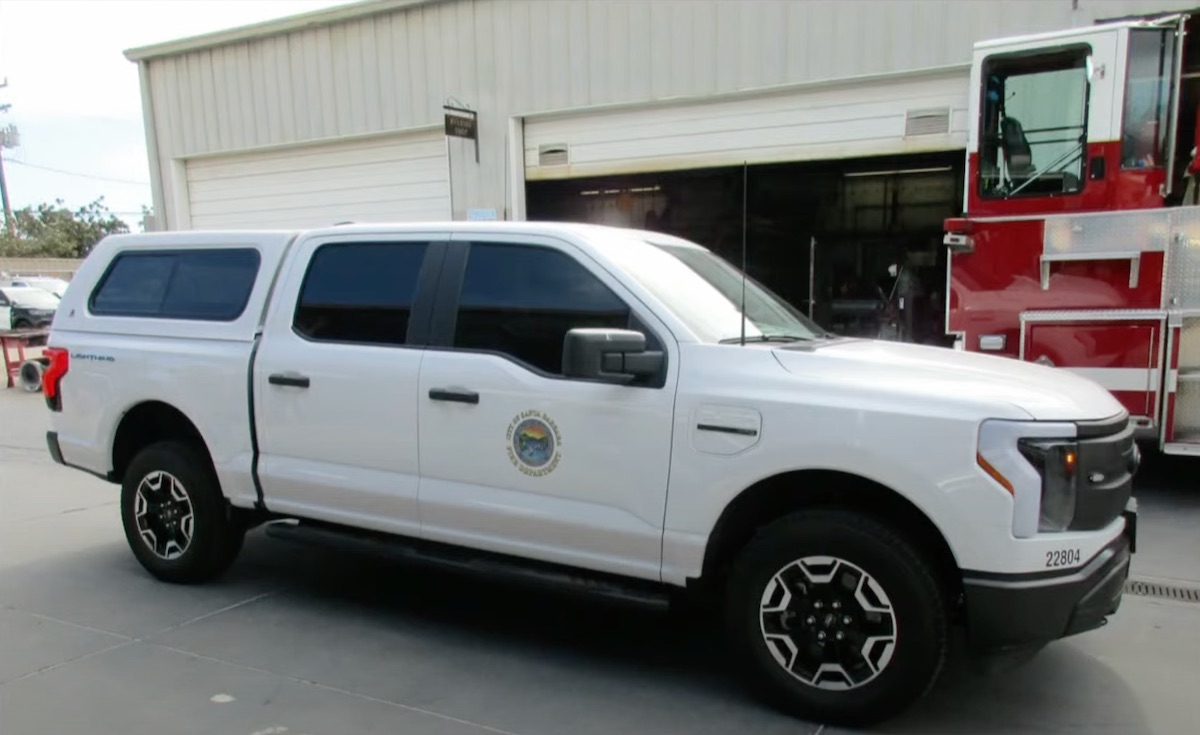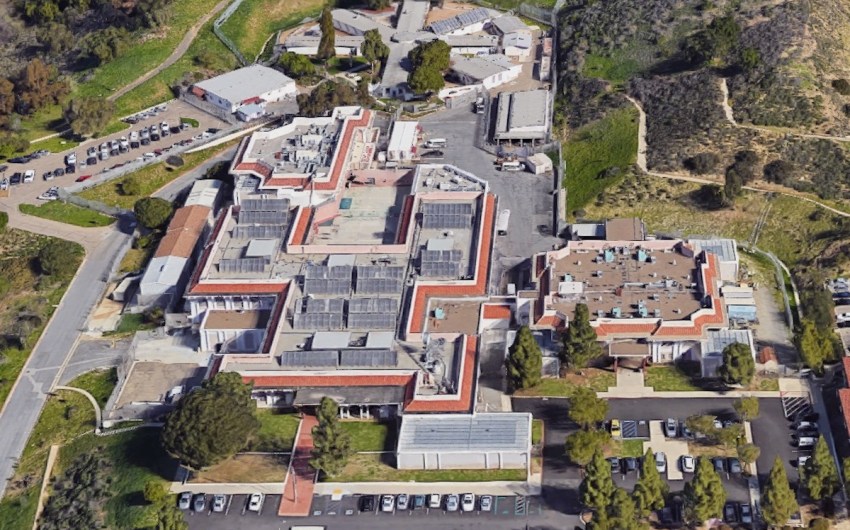Santa Barbara’s Push for Zero-Emission Vehicles Hits Harsh Reality
City and State Want to Go Electric, but Industry Hasn’t Provided Proper Work Truck Alternatives

The City of Santa Barbara has set a goal to be carbon neutral by 2035 — a full 10 years before the statewide goal — but while public policy is pushing toward environmental innovation, the available technology on the market is lagging behind, according to the latest report on zero-emission vehicles presented to the Santa Barbara City Council on Tuesday.
Public Works Director Cliff Maurer and the city’s Interim Facility and Fleet Manager Adam Hendel provided an update on the city’s policy on zero-emission vehicles and the California Air Resource Board’s (CARB) recently implemented Advanced Clean Fleets Regulation, which were both passed in an effort to shift municipal fleets toward cleaner electric vehicles.
The statewide regulation took effect on January 1, while the city’s own policy was passed in March 2023, and essentially the policies require that the city “prioritize” purchasing electric vehicles when possible. The city must also make sure that half of its new or replacement vehicle purchases are electric.
“Public works is very committed to transforming our fleet to the lowest carbon emission fleet we can possibly make,” Maurer said. “With the new law, of course we will do our level best to comply.”
But the industry is not quite ready to accommodate the need for true electric work trucks, Maurer explained, and with only a few smaller models available on the wider market — mainly the Ford F150 Lighting and Chevy Silverado EV Work Truck — the city has experienced some “significant challenges” making the switch to zero-emission vehicles.
“We’re not alone in this,” Maurer said. “Every agency is having the same concerns.”
Currently, the city’s fleet has 396 vehicles, with about 171 of those vehicles coming in over 8,500 pounds. Vehicles larger than that size are particularly difficult to replace with the types of electric trucks currently being made.
It’s not just the cost. While the price tag of electric vehicles is much higher than standard vehicles — $65,000 compared to about $36,000 for a work truck — the cost evens out when maintenance and fuel are factored in over time. A standard vehicle requires an average of $44,000 in maintenance and $16,000 in fuel over its lifetime, while an electric vehicle will cost about $25,000 in maintenance and $7,000 in charging costs. In the end, with all costs factored in, both would cost the city the same total of about $96,000.
The biggest challenge is the fact that electric vehicles are a new technology. New models come out on a monthly basis, but many of the companies are catering to a commercial market or creating small numbers of vehicles not intended for municipal fleets.
The city’s Fire Department currently has a few of the Ford F150 Lightning models, but other electric vehicles in the city’s fleet are smaller cars that use chargers not created for heavy use. In order to accommodate a larger fleet of full electric trucks, the city would need to install more powerful chargers — a process that would likely come through grant funding with Southern California Edison.
Until then, the city will continue to purchase electric vehicles where possible, though replacements for larger vehicles — like those used for utilities, wastewater, or streets crews — will require the city to apply for a waiver from CARB until larger electric models are available.
Premier Events
Sat, Nov 23
2:00 PM
Santa Barbara
Mosaic Workshop at Art & Soul
Thu, Nov 28
12:00 PM
Santa Barbara
Thanksgiving Dinner at The Harbor Restaurant
Tue, Nov 19
7:00 PM
Santa Barbara
Lecture: “Belonging on an Island – Birds, Extinction, and Evolution in Hawai’i”
Wed, Nov 20
7:30 PM
Santa Barbara
Dr. Uché Blackstock
Thu, Nov 21
5:30 PM
Santa Barbara
Koegel Autism Center Holds Neurodivergent Art Show
Fri, Nov 22
6:00 PM
Santa Barbara
Introduction to Crochet Workshop
Fri, Nov 22
7:30 PM
Carpinteria
Rod Stewart VS. Rolling Stones Tribute Show
Fri, Nov 22
9:00 PM
Santa Barbara
Numbskull Presents: Jakob’s Castle
Sat, Nov 23
7:00 AM
Santa Barbara
Nic & Joe @ Roy
Sat, Nov 23
12:00 PM
Santa Barbara
Fall 2024 Healing Arts Faire
Sat, Nov 23
7:30 PM
Santa Barbara
SBCC Theatre Arts Department presents “Mrs. Bob Cratchit’s Wild Christmas Binge”
Sun, Nov 24
6:00 PM
Santa Barbara
¡Viva el Arte de Santa Bárbara! Mariachi Garibaldi de Jaime Cuellar
Sat, Nov 23 2:00 PM
Santa Barbara
Mosaic Workshop at Art & Soul
Thu, Nov 28 12:00 PM
Santa Barbara
Thanksgiving Dinner at The Harbor Restaurant
Tue, Nov 19 7:00 PM
Santa Barbara
Lecture: “Belonging on an Island – Birds, Extinction, and Evolution in Hawai’i”
Wed, Nov 20 7:30 PM
Santa Barbara
Dr. Uché Blackstock
Thu, Nov 21 5:30 PM
Santa Barbara
Koegel Autism Center Holds Neurodivergent Art Show
Fri, Nov 22 6:00 PM
Santa Barbara
Introduction to Crochet Workshop
Fri, Nov 22 7:30 PM
Carpinteria
Rod Stewart VS. Rolling Stones Tribute Show
Fri, Nov 22 9:00 PM
Santa Barbara
Numbskull Presents: Jakob’s Castle
Sat, Nov 23 7:00 AM
Santa Barbara
Nic & Joe @ Roy
Sat, Nov 23 12:00 PM
Santa Barbara
Fall 2024 Healing Arts Faire
Sat, Nov 23 7:30 PM
Santa Barbara
SBCC Theatre Arts Department presents “Mrs. Bob Cratchit’s Wild Christmas Binge”
Sun, Nov 24 6:00 PM
Santa Barbara

























